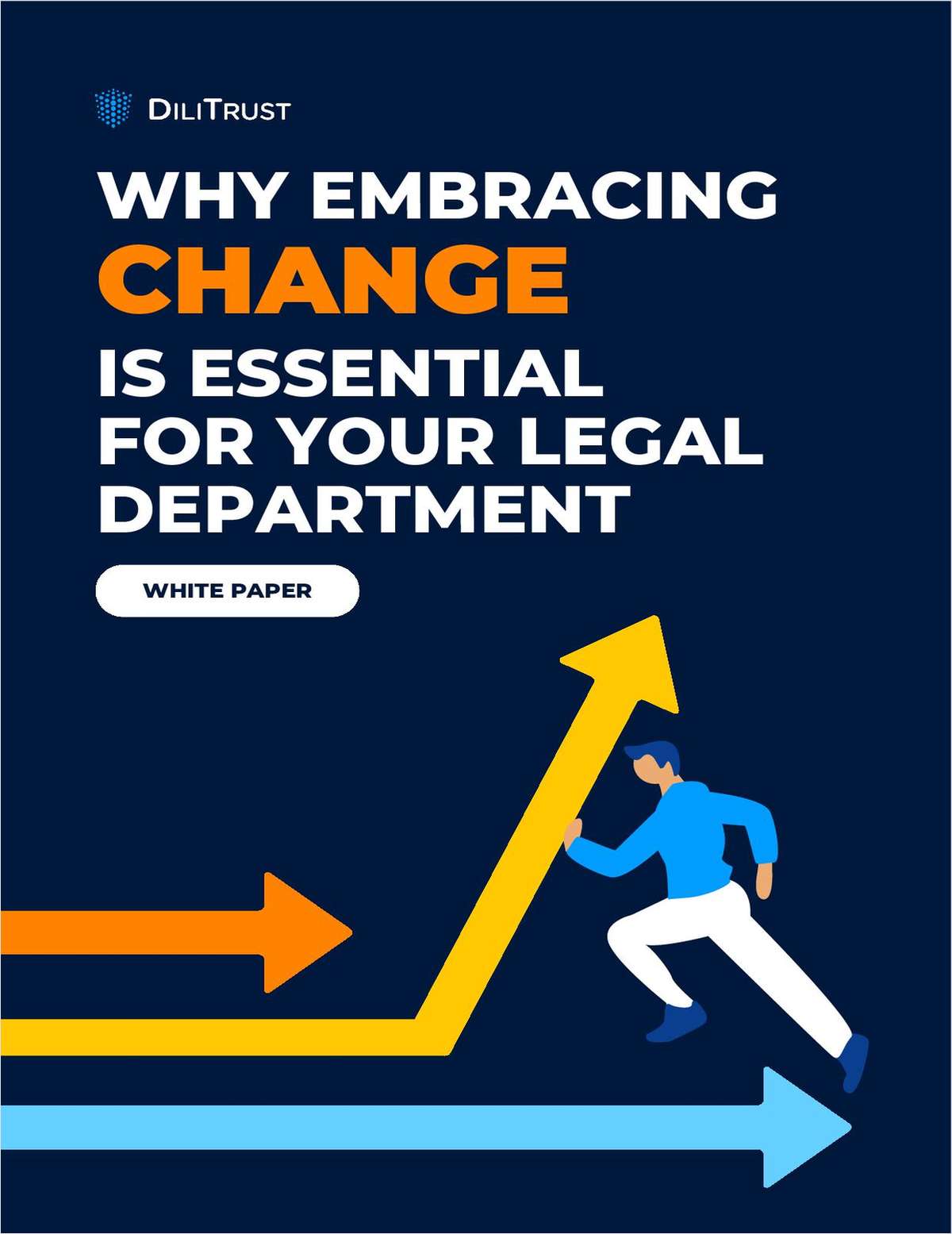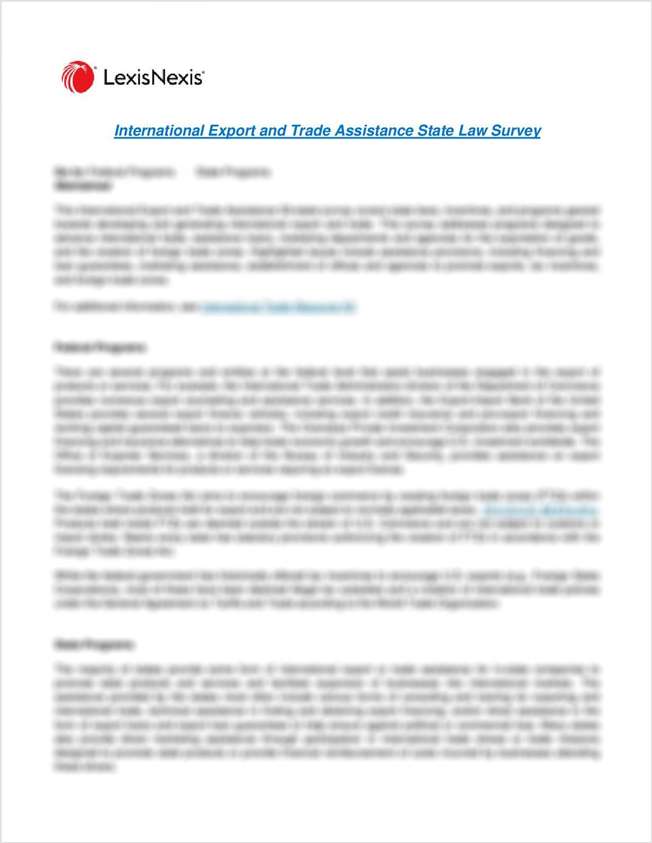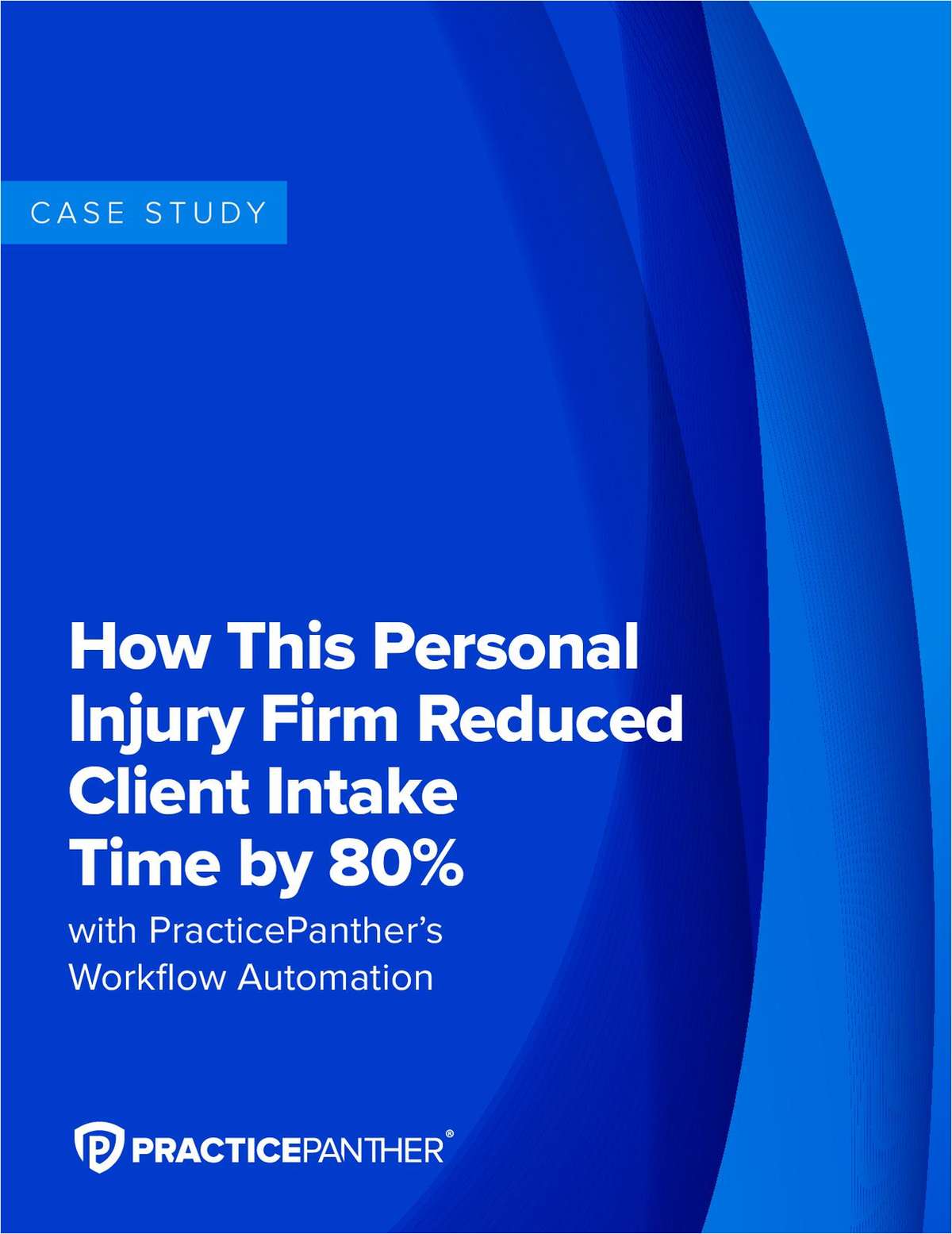International Edition
Former Bar Council chair Nicholas Green QC to co-lead Brick Court
International Edition
Stibbe partner takes Herbert Smith alliance role as firms target greater integration
International Edition
Insolvency specialist takes up senior partner position at Wedlake Bell
International Edition
New Linklaters senior partner to review flexibility of firm's lockstep
International Edition
Simmons revamps partnership as new chief reviews strategy
International Edition
Camerons begins practice group overhaul after senior departures
International Edition
King & Spalding hires four partners from White & Case and Hogan Lovells for Moscow launch
International Edition
Norton Rose makes double hire for new knowledge management roles
International Edition
TLT re-elects top management as firm's growth continues
International Edition
Walkers appoints new global managing partner and chairman in top-level overhaul
TRENDING STORIES

- Law.com Pro's Crystal Ball: Identifying Key Trends and Opportunities for 2025
- ALM Market Analysis Report Series: Toronto and Frankfurt Showcase Similar Global Appeal to U.S. Law Firms
- Big Law Leaders Get Real on Business Impact of Election Results
- Rising Costs Could Squeeze Margins, but Big Law on Pace to Outperform Expectations in 2024
Featured Firms
Law Offices of Gary Martin Hays & Associates, P.C.
(470) 294-1674
Law Offices of Mark E. Salomone
(857) 444-6468
Smith & Hassler
(713) 739-1250
More from ALM
- Scan In Progress: Litigators Leverage AI to Screen Prospective Jurors 1 minute read
- Legal Speak at General Counsel Conference East 2024: Match Group's Katie Dugan & Herrick's Carol Goodman 1 minute read
- Legal Speak at General Counsel Conference East 2024: Eric Wall, Executive VP, Syllo 1 minute read
Resources

Why Embracing Change Is Essential for Your Legal Department
Brought to you by DiliTrust
Download Now

International Export and Trade Assistance State Law Survey
Brought to you by LexisNexis®
Download Now

How This Personal Injury Firm Reduced Client Intake Time by 80%
Brought to you by PracticePanther
Download Now

The Hidden Cost of Bad Reviews: Why Law Firms & Attorneys Can't Afford a Damaged Online Reputation
Brought to you by Erase.com
Download Now



